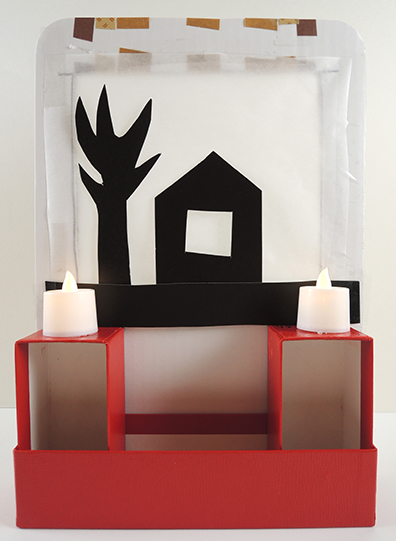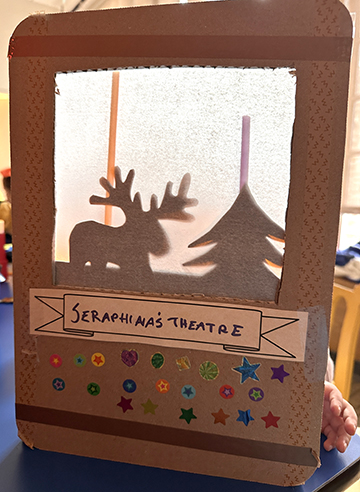 Happy birthday Jane Austen! We’re celebrating this literary titan with a brick-tastic review of LEGO’s “Tribute to Jane Austen’s Books” set, constructed and reviewed by our legendary intern, Melanie Zhang. Take it away, Melanie!
Happy birthday Jane Austen! We’re celebrating this literary titan with a brick-tastic review of LEGO’s “Tribute to Jane Austen’s Books” set, constructed and reviewed by our legendary intern, Melanie Zhang. Take it away, Melanie!
The queen of witty quips herself, Jane Austen, has finally been given the recognition she deserves! The timing was perfect—Katie, Dr. Dana, and I had just been bemoaning the lack of female literary icons amongst our LEGO sets, when we happened upon LEGO’s Tribute to Jane Austen’s Books.
The set is composed of 361 pieces. While apparently meant only for builders 18 and above, I think this is definitely doable for kids as well, with maybe a little bit of help for the trickier parts. The most difficult portion for me personally was the stickers. Fortunately, I only encountered four. Three of them also show scenes from film adaptations of Jane’s books, so I can’t complain.

Jane’s little room came together pretty quickly. It took me around an hour to complete on fast-mode. However, this is definitely a set where you want to take your time and admire all the little bits and pieces as they come together. Once again, LEGO was incredibly creative with how pieces are used. You’ll never guess what are secretly masquerading as piano pedals!
One issue I encountered was that some pieces do not match the color of their instruction booklet counterparts. In particular, some pieces that are depicted as quite reddish in the instructions are more of a brown color in person. The different blue books on Jane’s shelf also gave me a bit of trouble. Fortunately, that was an easy fix, and I was able to carry on building.
The finished product is beautiful to look at, and makes for a pretty good mini-dollhouse as well. In her default position, Jane is facing away from her bookshelf, but she can very easily be standing before it and browsing for her next read.
 Another quick readjustment, and she’s contemplating some time looking out the window or playing the piano. The possibilities are endless! Turn the set around, and now Jane is cozied up inside an open book. Back inside on a cold day, Jane could be warming her hands in front of the fire instead. As a side note, the fireplace does wobble a little.
Another quick readjustment, and she’s contemplating some time looking out the window or playing the piano. The possibilities are endless! Turn the set around, and now Jane is cozied up inside an open book. Back inside on a cold day, Jane could be warming her hands in front of the fire instead. As a side note, the fireplace does wobble a little.
 This is a set that I’m sure Lizzie Bennett herself would be proud of. For the burgeoning Jane Austen fan in your life, whether they are fifteen (and being kept away from Bath) or twenty-seven (and feeling like a parental burden), this set will be sure to please.
This is a set that I’m sure Lizzie Bennett herself would be proud of. For the burgeoning Jane Austen fan in your life, whether they are fifteen (and being kept away from Bath) or twenty-seven (and feeling like a parental burden), this set will be sure to please.




















 At Seraphina’s theater, there were some distinct holiday vibes happening!
At Seraphina’s theater, there were some distinct holiday vibes happening!